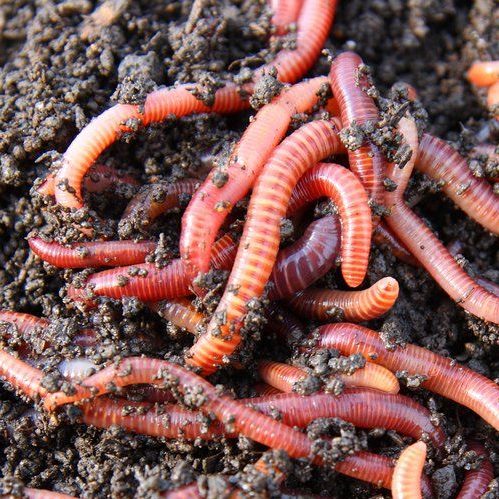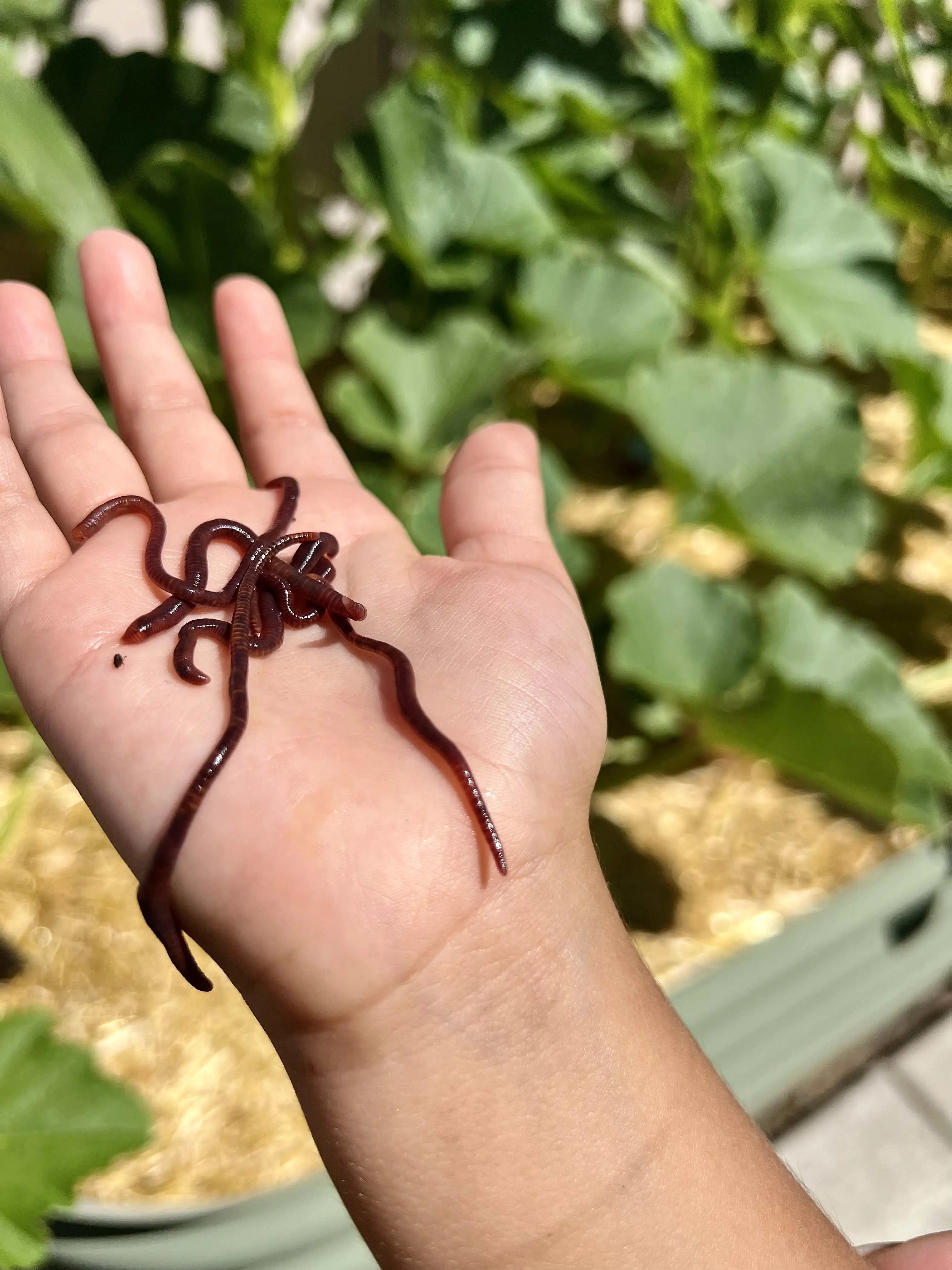Professional Lawn Care Services Powered by Lake Hickory Bait for Stunning Results
Unlock the Tricks of Red Wigglers: Your Overview to Composting Success
The combination of red wigglers right into composting methods provides a considerable chance for enhancing dirt wellness and promoting sustainability. Understanding their demands and behaviors is vital for maximizing their possibility, from setting up a proper worm bin to feeding them the best materials.

What Are Red Wigglers?
(Red Wiggler Express)Red wigglers, medically known as Eisenia fetida, are a varieties of earthworm mainly utilized in composting due to their remarkable ability to decay natural matter successfully. These worms are defined by their reddish-brown coloration and a segmented body, normally gauging in between 3 to 4 inches in length. Unlike various other earthworm types, red wigglers thrive in rich, natural environments, making them optimal for vermicomposting systems.
Native to The United States And copyright, they are commonly found in decaying leaves and compost piles, where they play a critical role in nutrient recycling. Their adjustment to residing in a damp, aerobic environment allows them to consume large quantities of natural waste, damaging it down into nutrient-rich castings that improve dirt wellness.
Red wigglers reproduce swiftly, with a single worm capable of creating several cocoons each week, each including numerous hatchlings. Recognizing the biology and behavior of red wigglers is vital for optimizing their possibility in composting applications.
Advantages of Making Use Of Red Wigglers
Using the power of red wigglers in composting uses numerous benefits that improve soil health and promote sustainable waste monitoring. These amazing organisms effectively damage down raw material, changing cooking area scraps and lawn waste right into nutrient-rich vermicompost. This ended up item is incredibly helpful for plant growth, as it improves soil structure, raises wetness retention, and improves nutrient availability.

(Red Wiggler Express)Furthermore, the presence of red wigglers in your composting system can increase the composting procedure, producing high-quality garden compost in a fraction of the moment compared to traditional techniques. The castings produced by these worms are additionally including valuable bacteria that better enrich the soil community.
Setting Up Your Worm Bin
Creating an efficient worm bin is a straightforward procedure that can substantially improve your composting initiatives. Worm bins can be made from plastic storage space bins, wooden boxes, or commercially offered worm containers.
Following, prepare the bed linens material, which acts as the worms' environment. A mix of shredded paper, cardboard, and coconut coir functions well, supplying a comfy environment for the worms. Purpose for a bed linen deepness of regarding 4-6 inches. Dampen the bedding gently, ensuring it looks like a damp sponge without excess water merging near the bottom.

Feeding Your Red Wigglers
To make sure the wellness and performance of your red wigglers, it is important to offer them with a well balanced diet that meets their dietary demands. Red wigglers prosper on a varied array of organic products, which not just provide needed nutrients yet likewise advertise efficient composting.
Start by integrating cooking area scraps such as vegetable peels, fruit cores, and coffee grounds. Avoid citrus fruits, onions, and garlic, as these can be detrimental to worm health. In addition, introduce shredded paper, cardboard, and completely dry fallen leaves to produce a well-aerated environment.
Feeding regularity need to be kept track of; typically, worms can consume half their body weight in food weekly. It is critical to stay clear of overfeeding, as excess food can cause unpleasant smells and attract pests. An excellent practice is to include food in tiny official website amounts, enabling worms to refine it prior to presenting more.
Keeping wetness levels is likewise vital; the bed linen should be moist yet not soaked. Be sure to on a regular basis examine the temperature and pH levels of the bin to make sure an optimum setting for your red wigglers, ultimately improving their composting efficiency.
Harvesting and Making Use Of Compost
An effective composting process with red wigglers culminates in the rich, dark garden compost referred to as vermicompost, which can substantially improve soil health and plant development. Gathering this nutrient-dense material generally takes place every three to 6 months, relying on the dimension of your system and the quantity of raw material being processed.
To gather, carefully separate the compost from the worms and any undecomposed materials. One efficient method entails relocating the materials of the bin away and including fresh bed linen and food to the empty space, encouraging the worms to move. After a few days, the garden compost can be collected from the contrary side.
It is important to use vermicompost appropriately to optimize its advantages. By integrating vermicompost right into your gardening program, you not just recycle organic waste but likewise produce a thriving ecosystem that sustains sustainable gardening techniques.
Final Thought
In summary, red wigglers work as exceptional allies in composting initiatives, transforming natural waste into nutrient-rich vermicompost (Red Wiggler Express). Their one-of-a-kind organic attributes and reliable waste handling capabilities contribute dramatically to sustainable gardening methods. By comprehending the ideal conditions for their habitat, feeding requirements, and compost harvesting strategies, garden enthusiasts can improve dirt wellness and promote plant vitality. Accepting vermicomposting not only minimizes land fill waste but likewise promotes a much more ecologically liable strategy to gardening and resource administration.